Friday marks one of the greatest military operations ever undertaken, as allied forces landed on the beaches of Normandy to start their final push to drive the Germans back and end World War II.
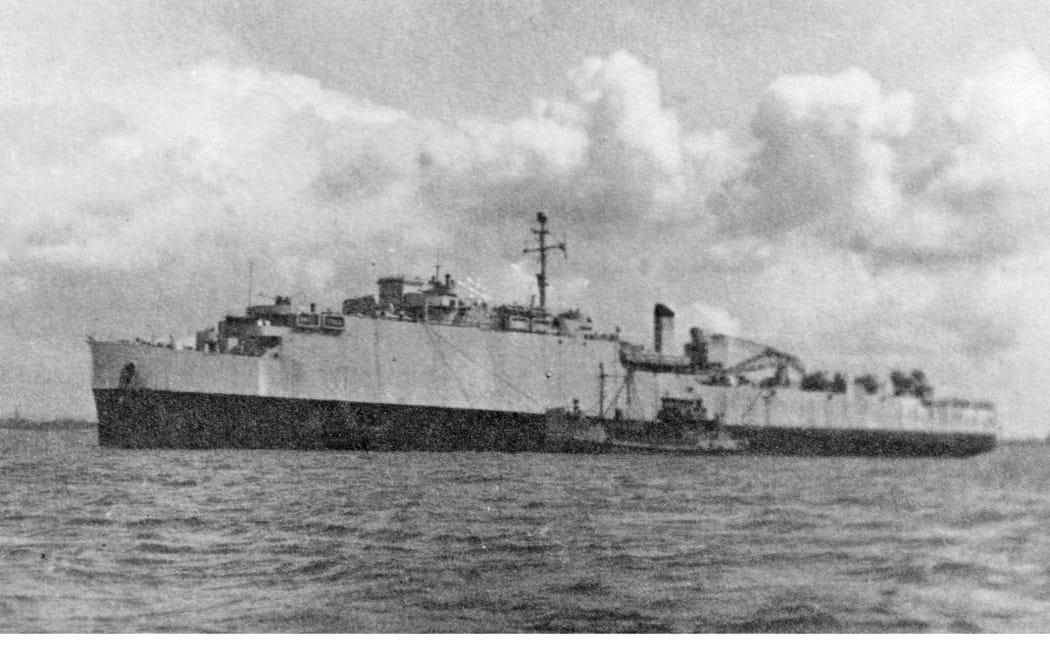
The HMS Oceanway, on which Jim Kelly served. Photo: Supplied
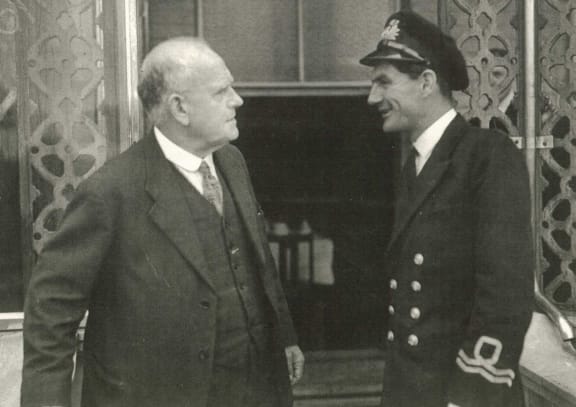
D-Day veteran Neil Harton, right, with New Zealand High Commissioner to London Sir William Gordon during World War II. Photo: Supplied
The invasion involved more than 7000 ships and 11,000 aircraft, and at least 150,000 troops were landed by sea or parachute.
While no New Zealand land forces were involved, many New Zealanders served in the navy and air force, preparing and being involved in the invasion.
Nine veterans from this country, aged between 89 and 97, have returned to France to take part in official commemorations.
One of them, 97-year-old Whangaparaoa man Neil Harton, commanded a Royal Navy motor torpedo boat during the invasion. He was part of the 55th flotilla, which lead the seaborne invasion.
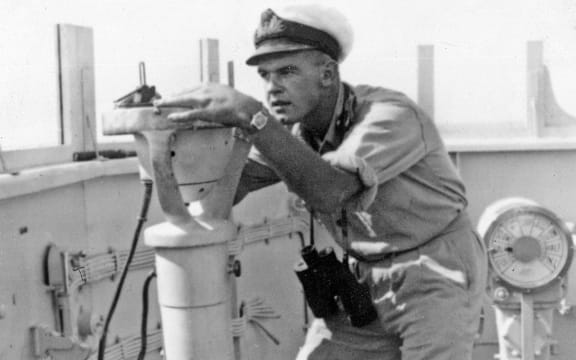
D-Day veteran Jim Kelly during World War II. Photo: Supplied
"We were ahead of minesweepers that were sweeping first for British mines and then enemy ones," Mr Harton said.
"We were there to protect them from any attack and then when we got to the beaches we laid smoke to protect the others coming across."
Mr Harton said it was all quite a sight to see.
"A huge number of ships coming behind us and it was a tremendous feeling knowing this great invasion force was behind us, and it was a throw of the dice to know if it was going to be successful or not."
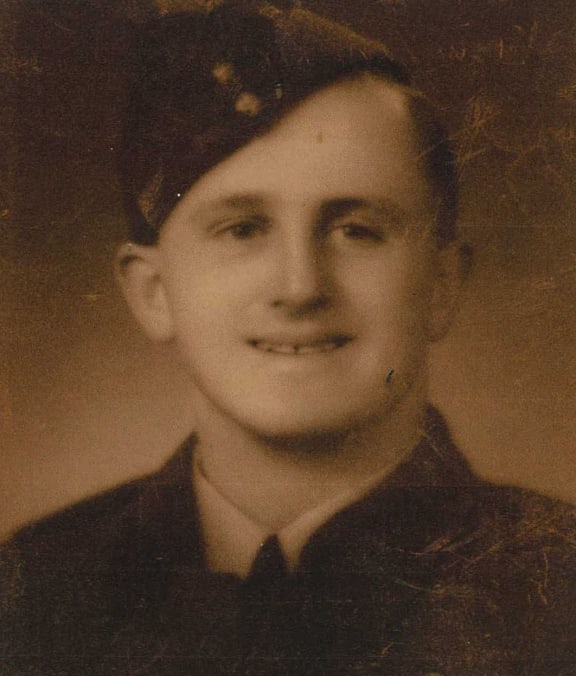
D-Day veteran Des Laurie in 1944. Photo: Supplied
Papakura man Jim Kelly, 89, was a Sub-Lieutenant on the Royal Navy's HMS Oceanway, one of three large landing dock ships which carried landing craft.
He described the Normandy coast as uninviting.
"It was a forbidding shore and, as you would expect in war-time, no bright lights or pretty girls, just a shoreline with sand and cliffs and just featureless."
The amphibious landings were made on five beaches, codenamed Utah, Juno, Omaha, Gold and Sword.
While this was happening at sea, the sky was filled with aircraft.
Tauranga man Des Laurie, now 94, served in the Royal Airforce.
"The sky was full with planes, there were bombers, gliders, planes towing gliders, big transport planes carrying paratroopers," he said.
"The German ground defences were pretty hot stuff."
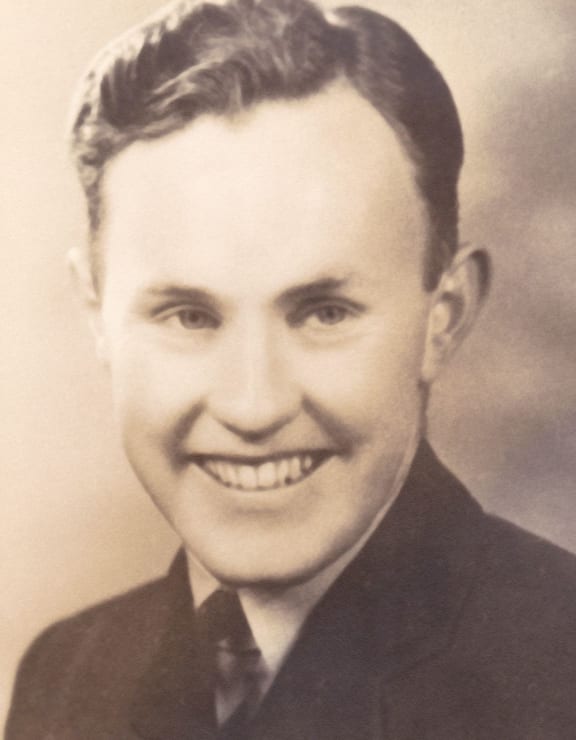
D-Day veteran Hugh Findlater in 1944. Photo: Supplied
Hugh Findlater, who is 90, lives in Auckland and served in the Royal New Zealand Air Force during the war.
"If you flew over straight and level you would be hit," he said.
"It took the Germans 14 seconds to pick up a shell, load it, predict it and aim it before firing, so you had only 14 seconds to alter your height or direction."
The nine New Zealand veterans who have gone to France to commemorate D-Day arrived there on Tuesday and have toured the landing beaches.
For Mr Harton it will fulfill a long-held ambition.
"I patrolled those coasts and landed people on them and took them off but never set foot on them myself, so this time I am going to plant my foot on Normandy," he said.
The veterans will join the official New Zealand delegation at commemorative services in Normandy on Friday night New Zealand time.
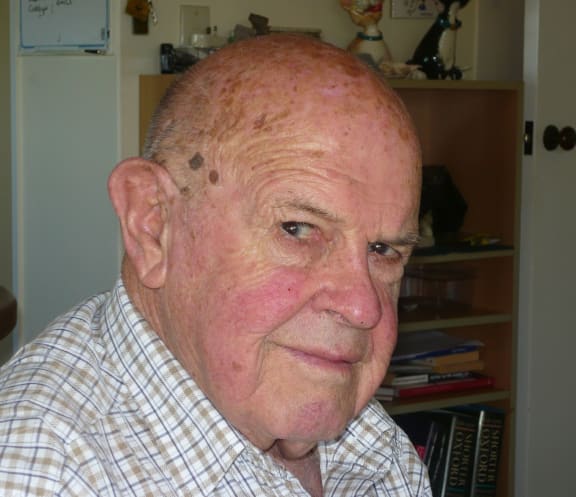
D-Day veteran Jim Kelly. Photo: RNZ
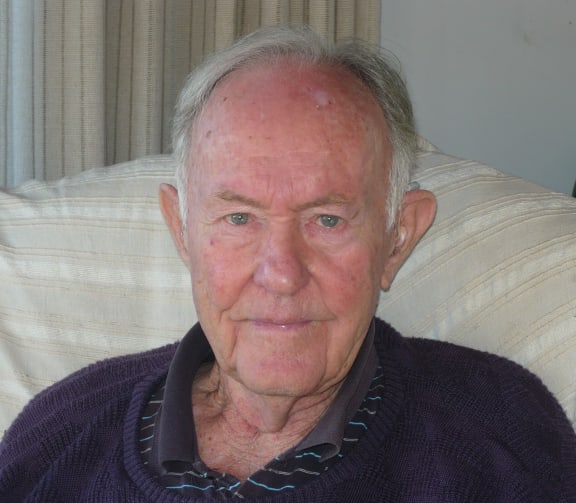
D-Day veteran Hugh Findlater. Photo: RNZ
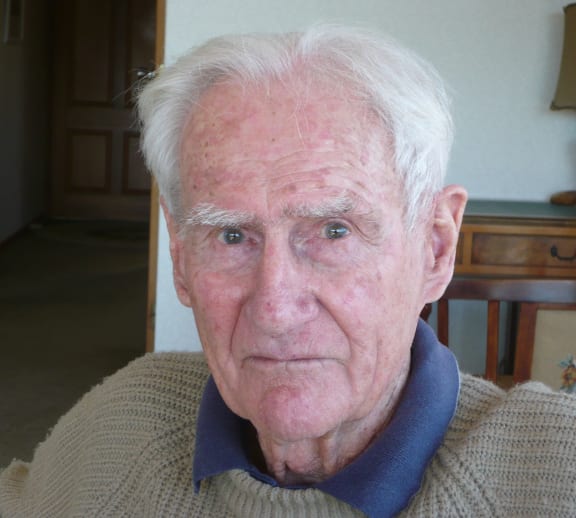
D-Day veteran Neil Harton. Photo: RNZ
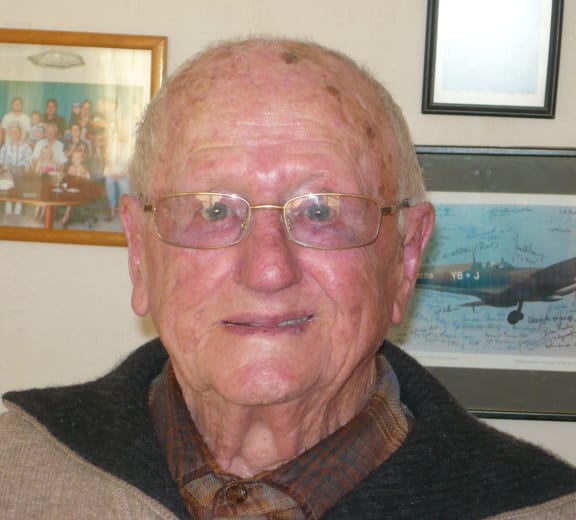
D-Day veteran Des Laurie. Photo: RNZ


